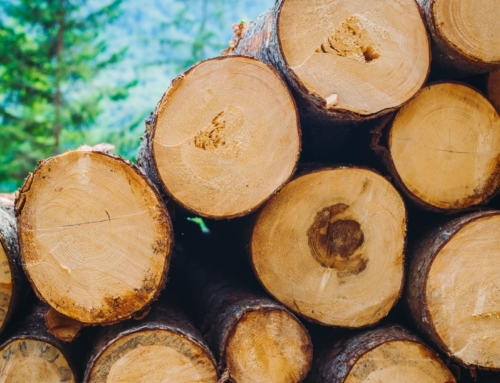B.C.-wide moratorium on felling old growth would have severe economic impact, Truck Loggers Association says
David Elstone knows how majestic a towering Douglas fir can be.
The longtime forester grew up near UBC’s Endowment Lands, enthralled by the mix of evergreen and deciduous trees that make up Pacific Spirit Regional Park.
“The big trees evoke an emotional response and it’s pretty amazing,” said Elstone, who spent his high school years in environmental clubs, learning as much about the woods as he could.
“[As a kid] I always spent my weekends playing in the bush.”
Now, Elstone, 46, sees more value in the forest than just its natural beauty. He’s the executive director of B.C.’s Truck Loggers Association (TLA) — a collective of B.C. timber-harvesting contractors aimed at sustainable forest management.
Many of its members are contracted to log portions of the province’s remaining old-growth forests each year.
Logging centuries-old trees has drawn criticism from the general public and environmentalists, with some going as far as saying the practice should be banned altogether.
But according to the TLA, a moratorium on old-growth logging would have a severe economic impact on B.C.’s forestry sector.
Remaining old growth
According to the B.C. government, 55 per cent of the province’s 3.2 million hectares of old-growth forests — or 1.78 million hectares — are protected in parks and wilderness areas.
On Vancouver Island, that amounts to about 520,000 hectares of forest that will never be logged.
But much of what’s left over falls into the timber harvesting land base (THLB) — forests that can be logged in B.C.
At the moment, old growth makes up about half of what’s logged on the B.C. coast and Vancouver Island.
The TLA believes loggers will eventually have to transition to only harvesting second-growth forests, or woodland areas that have regrown after timber harvests.
But old-growth products are currently far more valuable on the free market compared to their second-growth counterparts, due largely to their strength, durability and appearance.
Also, much of the second-growth stock is immature, and will take decades to reach its optimal market value.
Moratorium impact
According to Elstone, if the available supply of old-growth forests were to suddenly disappear on Vancouver Island, it would result in the closure of four saw mills, at least one pulp mill, and spell the end of the cedar shake and shingles industry.
“We’re not running out of old growth, we do manage for old growth, and we replace the trees we cut down,” he said. “A moratorium would impact thousands upon thousands of people’s lives, and [the livelihood of] communities.”
According to the TLA, transitioning to a complete second-growth harvest should take 90 years in order to minimize the economic impact on the industry and communities.
A ticking clock
But many environmentalists think the transition should happen a lot sooner.
Last week, 223 international scientists signed a letter urging the B.C. government to take greater responsibility for the remaining old-growth rainforest in the province.
They’re calling for a moratorium on logging in key ecosystems that fall within THLB, citing the important roles the forests play in the preservation of biodiversity and the battle against climate change.
B.C. forest ecologist and retired professional forester Andy MacKinnon was one of the signees.
“We have other values associated with those old-growth forests, and if we lose some jobs in some of these mills, we might very well gain more jobs in other areas,” MacKinnon told CBC News.
“Everybody agrees we’re going to shift to 100 per cent second-growth logging eventually. The only debate is whether we do it now … or whether we do it later when we run out of old growth [in the THLB],” he said.
The B.C. government admits logging old growth in the THLB is integral to many B.C. communities. It is currently working on a “more robust” old-growth forests strategy.










Get Social